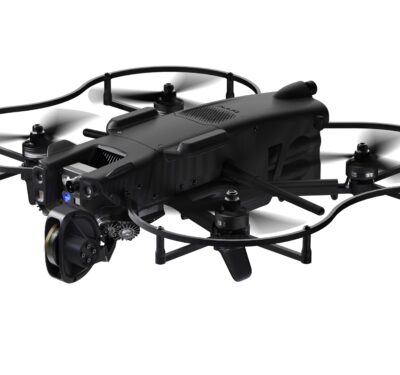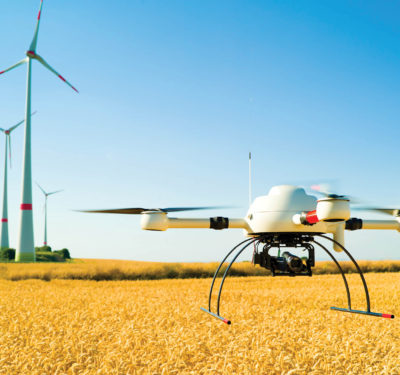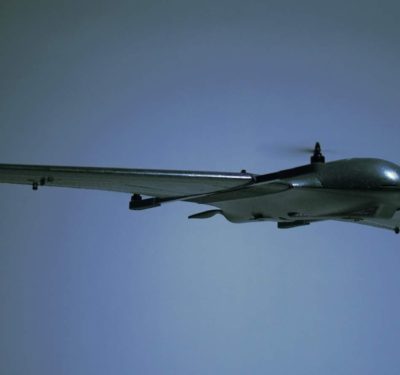With deep roots in manned aviation, Phoenix Air Unmanned is at the forefront of BVLOS drone operations. Their nationwide FAA approvals enable large-scale UAS inspection deployments for utilities, energy and transportation.
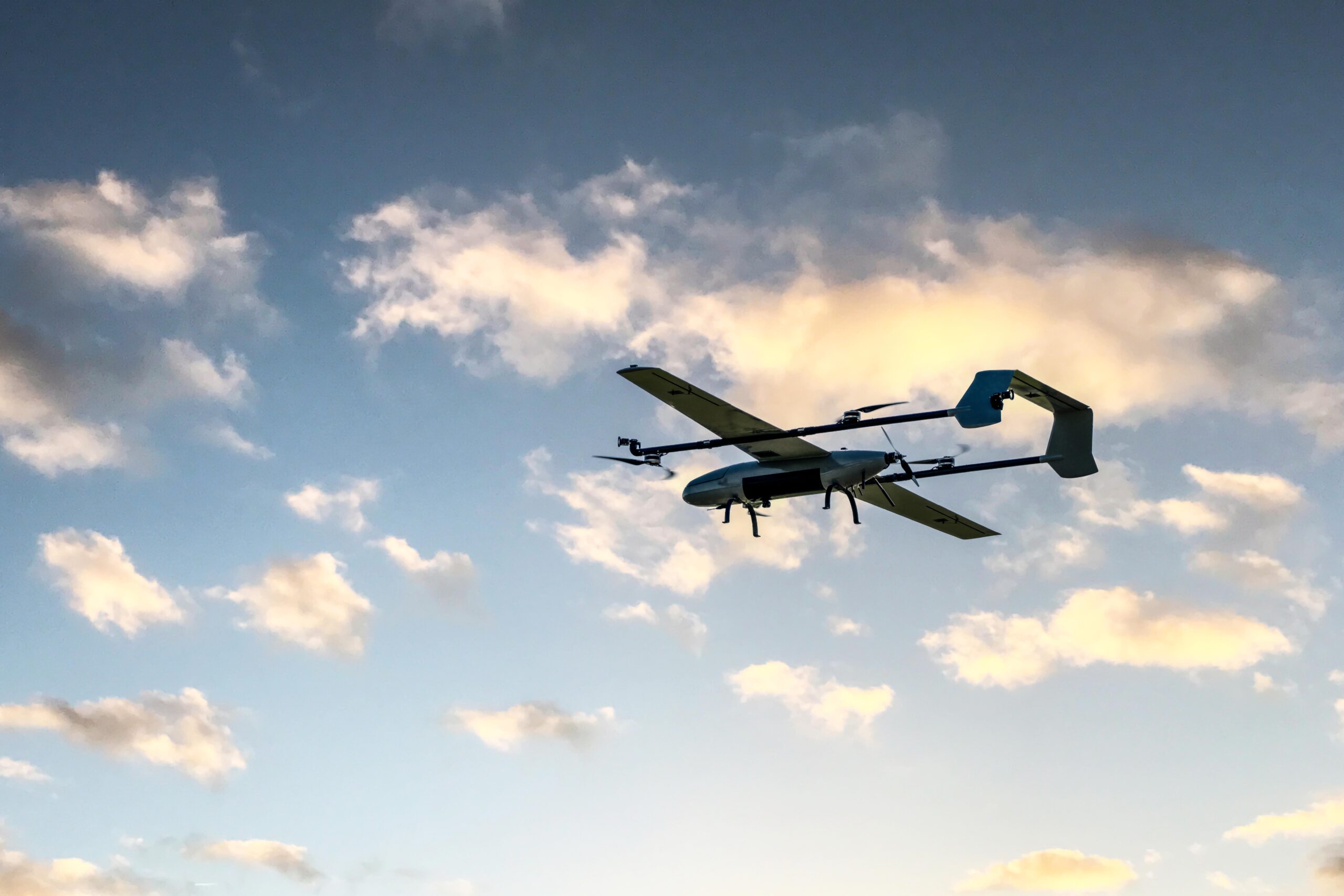
Phoenix Air Unmanned is a sister company to Phoenix Air Group, a specialized business aviation operator with over 40 years of experience. Phoenix Air Group has worked extensively with the U.S. State Department conducting worldwide medevac operations. They also work with the U.S. Navy and other specialized operations. This manned aviation background informs Phoenix Air Unmanned’s approach to operations with drones and other unmanned aircraft. “Our experience in manned aviation has given us deep expertise in FAA regulations, operational approvals, and safety management systems, all of which are critical to our approach to remotely piloted aircraft,” explained James Cieplak, director of UAS Business Development at Phoenix Air Unmanned.
Phoenix Air Unmanned has been at the forefront of BVLOS approvals with the FAA for more than 10 years. “We started under the Section 333 exemptions over a decade ago, progressed to Part 107 waivers, and in September 2023, we were among the first three companies granted a BVLOS exemption under Part 91. This allows us to operate a SwissDrones SDO 50V2, a 192-pound turbine-powered helicopter, under manned aviation regulations with specific exemptions,” Cieplak said. “Our expertise in manned aviation regulations, derived from our parent company, allows us to implement rigorous safety standards and operational procedures that exceed conventional UAS industry norms.”

BVLOS APPROVALS AND CRITICAL INFRASTRUCTURE FOCUS
Phoenix Air Unmanned has developed its unmanned focus on critical infrastructure inspection. “Our largest contract to date has been with Xcel Energy. We began working with them in 2015-2016 as their remotely piloted aircraft flight operator,” Cieplak said. The firm’s early BVLOS approvals were granted under Xcel Energy’s name, but today, many of these approvals are now in Phoenix Air Unmanned’s name and apply nationwide. This highlights the trajectory of narrowly focused waivers and exemptions for BVLOS operations progressing toward far broader and comprehensive authorizations for expansive BVLOS activities. Cieplak said, “Our Part 107 waivers evolved from early, site-specific approvals near Denver to broader authorizations over Xcel’s infrastructure, and now to nationwide approvals for all linear infrastructure. The ability to scale operations across the U.S. is a major milestone.”
The latest Part 107 waiver obtained by Phoenix Air Unmanned allows flight operations to be conducted BVLOS over critical infrastructure without geographic or distance restrictions. This enables Phoenix to inspect millions of miles of pipelines, electric transmission lines, railways and canals. They primarily operate at low altitudes, using infrastructure shielding to mitigate risks for manned aircraft. Additional safety and deconfliction technology they employ include procedural and electronic mitigations, including detect-and-avoid systems and airspace awareness technologies.
This waiver was instrumental in conducting a 320-mile BVLOS flight for Shell, showcasing their ability to scale operations nationwide for multiple customers. The firm’s Part 91 exemption for the SwissDrones SDO 50V2 is also nationwide and is currently being amended to support additional low-altitude applications, such as detecting abandoned oil and gas wells for the U.S. Department of Energy.
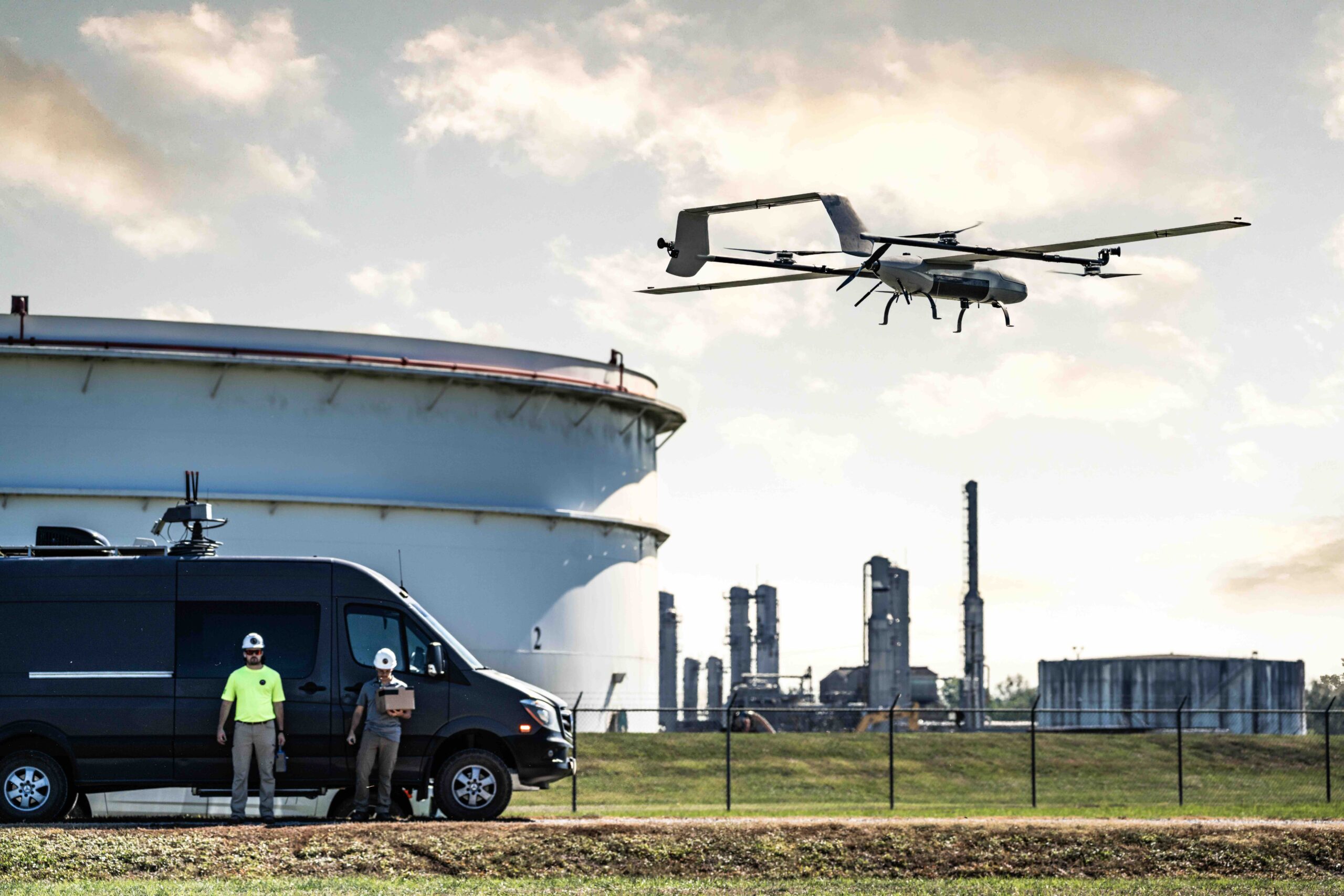
SELECTING THE RIGHT AIRCRAFT FOR INFRASTRUCTURE INSPECTION
The Phoenix Air Unmanned fleet includes both large and small UAS. To determine the right aircraft for a given inspection project, Ceiplak explained, “Our approach is mission-driven, selecting the right aircraft and sensor package based on the data requirements. For instance, our SwissDrones SDO 50V2 can fly for two hours and carry 30+ pounds of sensors, allowing us to deploy multiple technologies simultaneously—such as magnetometers, LiDAR, and optical gas imaging (OGI) for methane detection.
For large-area surveys, we use a grid pattern, often covering 40 miles of flight per square mile of survey area. Accomplishing this with a small UAS would require multiple flights, increased takeoff/landing cycles and tripled flight time due to payload constraints. Our larger UAS can complete these surveys in a single continuous flight, greatly improving efficiency.”
For long-distance BVLOS flights, such as the 320-mile Shell pipeline inspection, Phoenix Air Unmanned used a fixed-wing UAS optimized for high-speed, low-altitude operations, whereas for detailed inspections requiring hovering and slow flight, they employ rotorcraft.
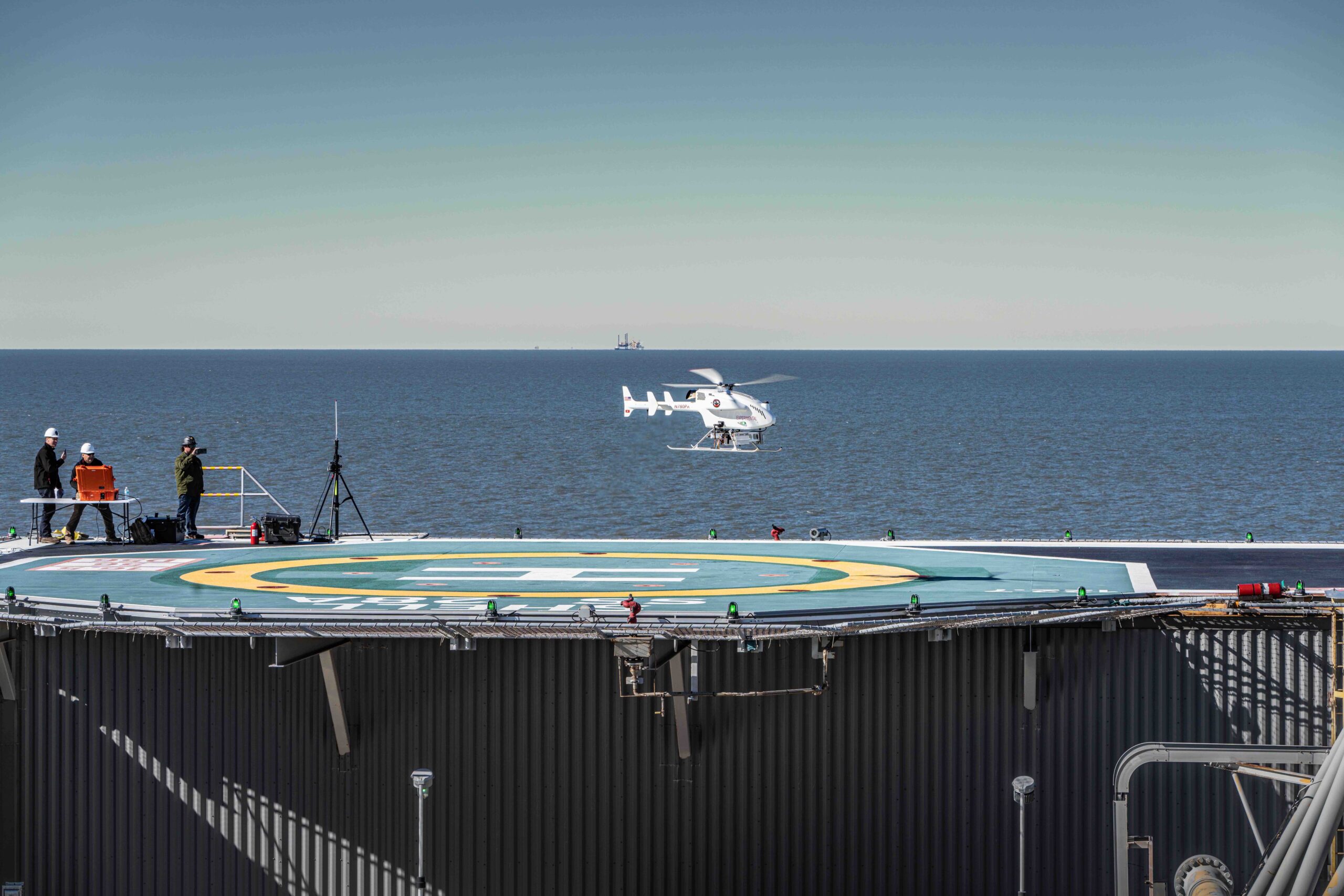
FAA REGULATORY FRAMEWORK AND INDUSTRY COLLABORATION
A critical aspect of Phoenix Air Unmanned’s FAA collaboration is data-sharing to help refine regulations. “When we first obtained BVLOS approvals,” Cieplak exaplained, “the FAA required all UAS radio emitters to comply with FCC regulations, a standard now applied universally. This requirement stemmed from an issue we encountered eight years ago when using a New Zealand-built helicopter with Australian radios that lacked FCC authorization. Working with the FAA, we helped establish industry-wide compliance protocols that now streamline BVLOS approvals for all operators.”
Phoenix Air Unmanned’s work also contributed to the FAA’s BVLOS Aviation Rulemaking Committee (ARC), with their infrastructure shielding safety case becoming an officially adopted appendix, and it will likely inform the Part 108 proposed rule.
MARKET ADOPTION AND THE FUTURE OF UAS OPERATIONS
Cieplak pointed to a major challenge to adoption. “Many commercial RFPs for inspections still favor traditional manned aviation. Some explicitly require manned aircraft certifications, limiting the ability to bid UAS solutions. Educating customers—especially in oil and gas, utilities, and rail—on UAS cost-benefit advantages remains a critical hurdle.
The return on investment for UAS is improving but still evolving. Currently, our operational costs are comparable to manned helicopters, considering data acquisition and analysis costs.”
However, UAS offer distinct benefits of enhanced safey with no crew in high-risk environments, higher data fidelity from multi-sensor payloads and FAA-approved nationwide BVLOS waivers.
Another challenge to adoption is that with increased data collection, the need arises to manage false positives, which can trigger unnecessary field inspections. Balancing data quality with operational efficiency is an ongoing effort. As FAA regulations evolve, particularly under Part 108, Cieplak anticipates further cost reductions through remote piloting from centralized locations, multiple aircraft controlled by one operator and reduced on-site crew requirements.
“The U.S. UAS industry has grown tremendously, with advancements in FAA waivers, technology and safety oversight. However, the missing piece remains customer adoption. Many potential clients—especially in utilities and energy—lack aviation experience, making education a key part of our job.
At Phoenix Air Unmanned, we focus on large-scale clients with aviation programs, such as Shell and Southern Company. These companies already meet strict safety and compliance standards, allowing us to integrate seamlessly with their operations. We believe complex BVLOS operations will increasingly be outsourced to expert UAS providers like us, similar to how traditional aviation contractors support manned operations.”


